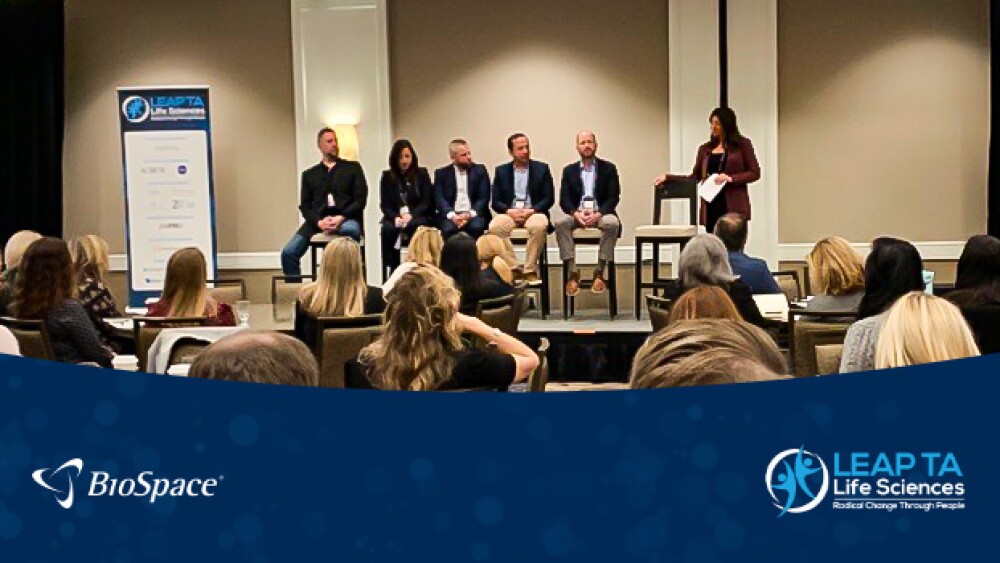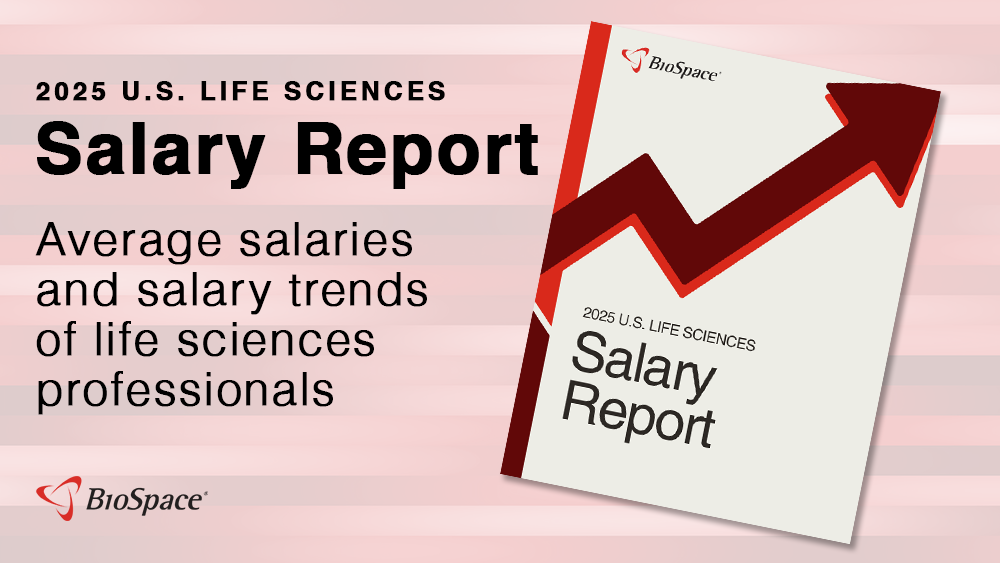Life sciences talent acquisition teams are examining internal processes and thinking critically about their employer value proposition as they prepare for innovation and market swings.
Talent acquisition in life sciences can feel like a thankless task. In an industry where innovation and science are paramount, the recruitment of the right people into an organization is both critical and, at times, underappreciated.
Talent acquisition professionals have been on a roller coaster ride. 2020 and 2021 were incredible years of growth, with many reporting that it felt like a race to keep up with the number of open job orders. Fast forward to the present day, and the market has changed dramatically. The challenges faced now are a drier funding climate and significantly slowed labor market, with many organizations turning inward to evaluate and assess their operations.
This year’s LEAP TA: Life Sciences conference addressed many of these concerns. Almost 200 life sciences talent professionals and service providers gathered in Boston last week to openly discuss their current challenges and ways to future-proof their talent acquisition strategies and processes.
Because while the industry has quieted and recruiting has slowed for many, confidence remains high that the market will inevitably swing back, and that when it happens, it will be fast.
Experimentation with AI Models for Quality Assessment
Drug discovery isn’t the only area in which the life sciences industry is investigating the potential of artificial intelligence (AI). The pre-conference workshop at LEAP TA focused on the use of AI in recruiting. However, it immediately became clear during the first panel discussion that concerns and approaches regarding AI vary significantly depending on company size.
Bigger companies are focused on the bigger picture—they are looking forward to how AI can be used in talent acquisition and HR practices in the future. Meanwhile, smaller organizations are focused on how AI tools can help them more immediately, creating time-saving efficiencies. Why? Large companies have large enough data pools, usually employee data, to start working with. They also have the resources to invest in experimentation.
Jimmy Zhang, vice president, head of global talent acquisition at Takeda and Kai Moss, senior director, global head of executive search at Vertex Pharmaceuticals, both spoke to how their organizations are tackling big picture AI challenges.
Vertex is asking itself how it can use data and AI models to make smart decisions when it comes to external hiring and internal mobility. Moss spoke of how Vertex is attempting to structure unstructured data. The company hopes to use information on webpages, conference proceedings, publications and more to assess talent competency. This is particularly useful when trying to find talent that are not present in online professional networks—for example, those in academia or running labs.
Takeda is running tests on how AI can help assess skills, competency, and candidate quality. At this point, the models are experiments. Both companies are still figuring it out and are committed to thorough testing and validation. They are looking years into the future before expecting to see these models applied. The impact of AI-driven models for assessing skills and “quality” could be profound, and it will be critical to understand the impact that this will have on candidates’ job search and hiring processes.
Practical Automation for Smaller Biopharmas
While big companies might be experimenting with AI models, smaller biopharmas are still investigating AI readiness, and the focus is on operational efficiency. Small organizations don’t have the resources or data to think seriously about modeling or AI projects that are big in terms of strategic scope. Instead, they are looking at how AI tools can be integrated into their workflows to save time on sourcing and manual tasks—particularly resume sourcing and virtual assistants for onboarding and scheduling. The workshop panel mentioned that a good practical starting point may be integrating the automation features offered by existing vendors.
Liz Nguyen, talent & culture advisor/former SVP and head of talent & culture at Surrozen, emphasized that the key interest for many talent acquisition professionals at small organizations is how they can save time on repetitive tasks and improve basic operations. The most important thing these professionals should prioritize is understanding what is actually worth pursuing and the investment of time and resources required to implement it.
A Shift to Skills-based Hiring is Coming
A concerted shift to skills-based hiring is in motion. Celine Raffray, vice president, talent acquisition at Bristol Myers Squibb, discussed how her team has been using AI to introduce a skills-based approach. Key challenges have been aligning teams and hiring managers to focus on skills and competencies rather than education and experience. Job descriptions, as an example, need to be recalibrated.
How will the industry support the transition holistically, and what does it mean for candidates? In an industry where skills requirements evolve rapidly, professionals need to prepare to translate their experience into skills and think critically about how else they can be applied. Resumes may need to focus on highlighting skills and areas of competency rather than on experience.
The Employer Value Proposition is Still Essential
Kate Wilson, vice president, total rewards and human resources operations at Flagship Pioneering, emphasized that employers need to understand the story they are trying to tell. It’s not just about the money, she said.
Employers need to pay attention to the ‘it’ factor that gets potential hires excited and learn to sell that narrative. Employers should be thinking about what they can offer employees that is unique to their business. For smaller biopharmas, it might be the excitement around innovation and start-up culture. For others, it might be internal mobility or benefits. Wilson referenced the hugely positive reception that seemed to outshine other news when Stéphane Bancel, Moderna CEO, announced the company would be offering a paid family leave policy—it’s indicative of culture.
Companies are indeed getting more creative with how they build their employer value proposition and highlight culture. Lisa Dipietrantonio and Vivian McLeod of Boehringer Ingelheim discussed how they have been piloting adding “culture chats” into their hiring processes. Potential hires have the option to meet with Business Resource Group leaders from a range of company departments who can speak to culture better than talent acquisition can. Feedback has been overwhelmingly positive and is a sign that today’s workforce wants more than just a paycheck.
People Remain Critical to Success
Despite innovations in technology and operations, an organization is only as successful as the people within it who contribute to that success. While the current focus may be on improving internal processes, talent acquisition professionals are only ever a step away from bringing in that next critical hire that helps their organization leap forward.
Chantal Dresner is the vice president of marketing at BioSpace. She analyzes and reports on industry trends for BioSpace clients including jobs and hiring, diversity, equity and inclusion, and compensation benchmarking. You can reach her at chantal.dresner@biospace.com. Follow her on LinkedIn.






